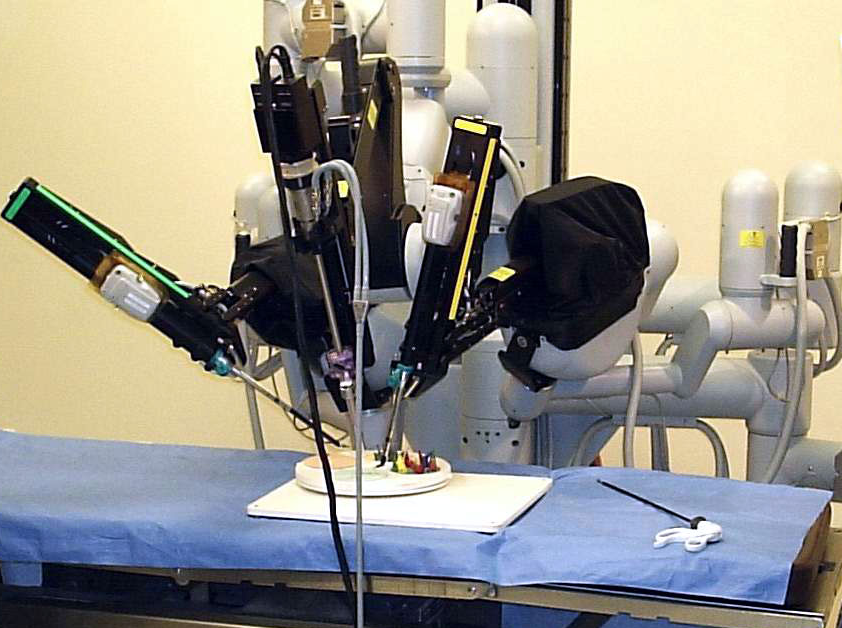
What causes celiac disease
The exact reasons why celiac disease occurs in some people are unknown. One of the most common theories is that, from an evolutionary point of view, mankind began cultivating and intensively eating cereals relatively recently, and the gene for normal cereal digestion has not had time to become firmly established in the population.
Based on identified genetic predispositions, scientists have estimated that about 30-40% of the world’s population is at risk of developing this disease. In practice, however, celiac disease is diagnosed much less frequently. It affects between 0.3 and 2.4% of people worldwide. Most often it is congenital or occurs in early childhood, much less often the disease manifests itself in adolescence or adulthood.
Gluten is the name for the spare proteins found in wheat, barley, and rye. The alcohol-soluble fraction of gluten from wheat is called gliadin.
Patients with celiac disease suffer from various gastrointestinal symptoms such as diarrhea, but sometimes the disease goes undetected for a long time. Even so, people with celiac disease can no longer consume gluten, a protein found in grains such as wheat, rye and barley. Due to the dysregulation of gliadin-specific T-lymphocytes in the immune system, its consumption in such patients leads to the loss of villi on the intestinal mucosa.
An alternative to a lifetime diet
Until recently, the only available treatment for celiac disease was a lifelong gluten-free diet. However, Finnish scientists have recently shown that nanoparticles containing gliadin (an alcohol-soluble fraction of gluten from wheat) can enable celiac patients to eat normally again.
From experiments in mice, the results of which were published in the Journal of Gastroenterology, showed that injections of absorbable 500 nm spherical gliadin nanoparticles (TIMP-GLIA), significantly reduced markers of gliadin-specific T cell activation, inflammation and tissue damage. This therapy also induced gene expression profiles associated with immune tolerance. In other words, it “reprogrammed” the immune system of mice with celiac disease by instructing T-lymphocytes to tolerate gluten again.
TIMP-GLIA perspectives
The gliadin nanoparticle project at the University of Helsinki was conducted in collaboration with Cour Pharmaceutical Development Company, Inc., after which Takeda Pharmaceuticals acquired a license to develop TIMP-GLIAs and began their clinical trials, the first results of which were very encouraging.
If TIMP-GLIA does indeed “silence” inflammatory gliadin-specific T cells in the blood, patients with celiac disease will be able to eat normally again without harmful consequences. Moreover, such a method could potentially be used to treat other autoimmune diseases, provided the underlying factor causing them is known.
- Tobias L. Freitag et al. Gliadin Nanoparticles Induce Immune Tolerance to Gliadin in Mouse Models of Celiac Disease. Gastroenterology, 2020 DOI: 10.1053/j.gastro.2020.01.045



